FAS |
Military |
DOD 101 |
Systems |
Aircraft |
ROW ||||
Index |
Search |
Join FAS




FMA IA 58 Pucará
Named after a form of South American stone hill fortress, the Pucara's origins can be traced back to the mid-1960's when Argentina's Fabrica Militar de Aviones ( Military Aircraft Factory ) was requested to develop a new combat aircraft capable of performing COIN, CAS and reconnaissance missions. The first flight of the prototype AX-2 Delfin, powered by a pair of Garrett TPE331-U-303 turbo props, took place on 20 August 1969. Subsequent prototypes were re-engined with French Turbom Eca Astazou XVIG turboprops.
The Pucara was designed to operate from roughfield and unprepared sites with the minimum of ground support - a point it proved to good effect during the Falklands War of 1982. Operations are possible by night, but not in adverse weather conditions, and weapons aiming is achieved visually by the pilot making full use of the excellent forward visibility over the Pucara's downward sloping nose.
The production standard IA 58A first flew on 8 November 1974, with deliveries to the Argentinian Air Force commencing just over a year later.
Improvements led to the IA 58B model, the main upgrades being improved avionics and the addition of two 30mm cannon in place of the 20mm weapons.
However, overall production figures have been modest at best, with exports to Uruguay, Sri Lanka and Colombia accounting for less than 20 aircraft in total
Specifications | |
| Country of Origin | Argentina |
| Builder | |
| Role | |
| Similar Aircraft | |
| Wing Span | 14.5m ( 47 ft 7 in ) |
| Length | 15.25 m ( 46ft 9in) |
| Height | 5.36m ( 17ft 7 in ) |
| Weight | empty, equipped 4,037 kg ( 8,900 lb ); MTOW 6,800 kg ( 14,991 lb ) |
| Engine | two 988 shp Turbomeca Astazou XVIG turboprops |
| Maximum speed | 500 km/h ( 311 mph ) at 3,000 m ( 9,840 ft ) |
| Cruising speed | 430 km/h ( 267 mph ) |
| Range | |
| Service Ceiling | 9,700 m ( 31, 825 ft ) |
| Armament |
|
| Crew | |
| Cost | |
| User Countries | Argentina, Uruguay, Colombia, Sri Lanka. |
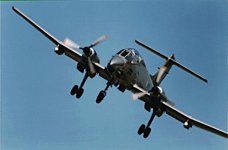
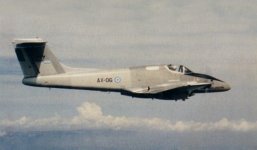
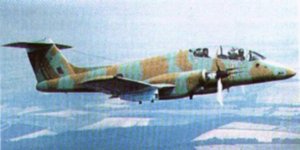
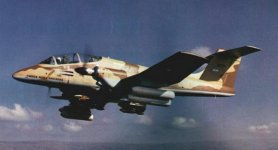
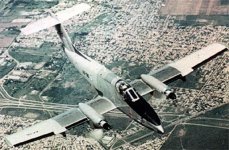
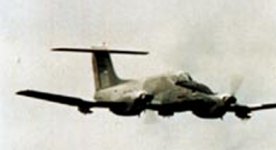
Sources and Resources
- Data & images provided by Alejandro Berges


FAS |
Military |
DOD 101 |
Systems |
Aircraft |
ROW ||||
Index |
Search |
Join FAS
http://www.fas.org/man/dod-101/sys/ac/row/pucara.htm
Maintained by Robert Sherman
Originally created by John Pike
Updated Monday, February 14, 2000 5:08:06 AM